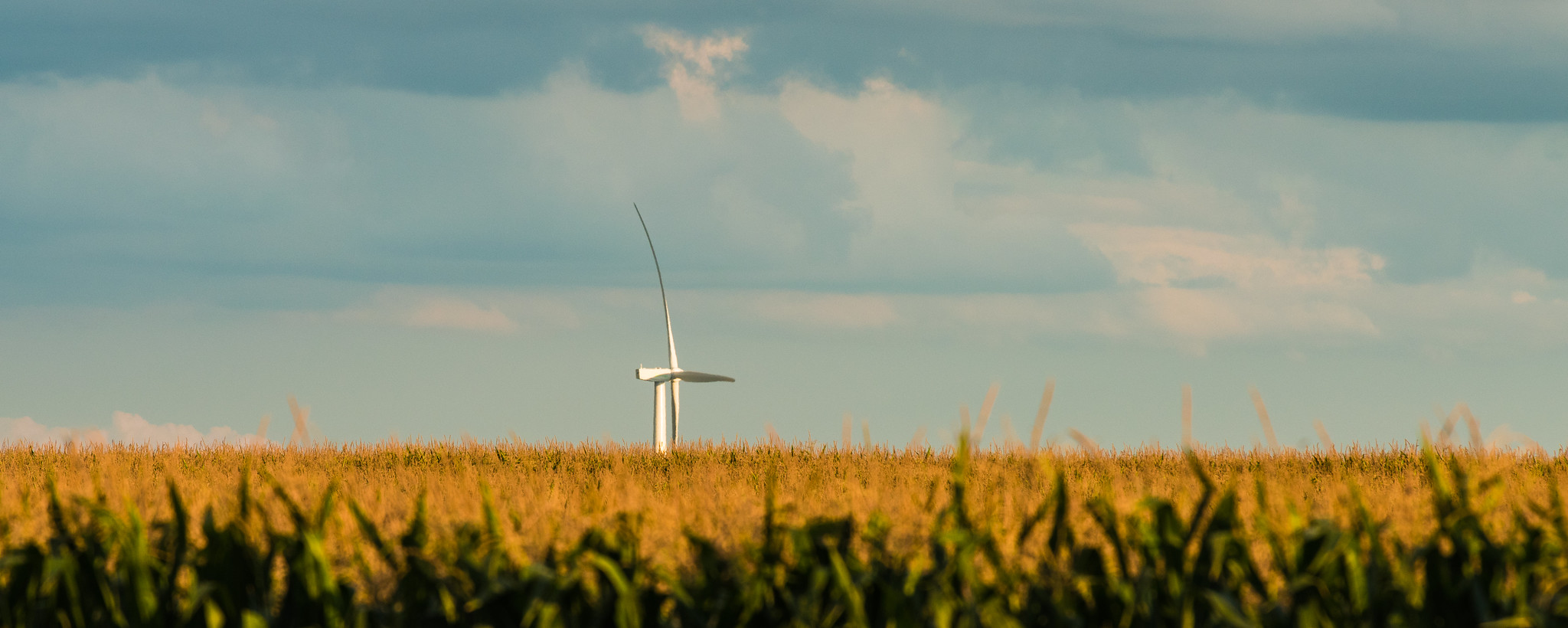
The Institute for Nonprofit News regularly surveys its member newsrooms about their needs. What their members say they need most? Money, please. The second-most common request, though, is help collaborating with other newsrooms.
After all, INN members — more than 350 of them across the U.S. — run the gamut from large, well-staffed outlets to tiny local publications to issue-specific sites. But all are looking to reach more people with their work and swap skills and expertise. Many of them see joining forces with other mission-driven newsrooms as key to making their most important journalism happen.
In response, INN has launched its largest, most ambitious collaborative project yet: a consortium to uncover issues confronting rural America and highlight possible solutions. More than 50 member newsrooms will help identify and investigate inequities in health, work, and environmental issues in rural America. The consortium, which will lift off in early 2022 and last at least two years, will pay special attention to underrepresented and marginalized communities, including Indigenous ones, in those areas.
[Read at Nieman Reports: Six rural news outlets trying to bridge the information divide]
Two INN staff members, member collaborations editor Bridget Thoreson and Midwest collaborations editor Sharon McGowan, are leading the consortium for INN. For the first time, INN is deputizing two newsrooms — The Daily Yonder and the agribusiness-focused Investigate Midwest — to serve as hubs for the reporting.The project leverages the reporting power of established newsrooms with the sourcing and expertise in place to strengthen regional and national coverage as well as enhance local reports,” the announcement last month read.
If you’re confused on what that means in practice, another, smaller-scale INN collaboration focused on water issues illustrates how INN hopes the rural consortium will work. In that case, a one-person newsroom in San Joaquin Valley, California had a story idea and INN partnered the reporter with another investigative unit, The Center for Collaborative Investigative Journalism, to report the story out, adding context and data along the way. Eventually, the piece was copublished in The New York Times.
That water collaborative, called Tapped Out: Power, justice, and water in the West, involved eight newsrooms. Another, Slammed: Rural health care and Covid-19, was a partnership between four. This new rural consortium is many times bigger, which is why INN tapped two leading rural newsrooms for help steering the editorial vision.
“This is magnitudes greater than anything we’ve worked on before,” McGowan said. “For a project this large and this comprehensive, we thought that having these two news organizations that have a long history of reporting on exactly what we’re doing here for the rural collaboration would be a good idea. They’ve already been helpful in helping us shape our thinking. The key goal for them, initially, is to gather data that will be useful to other local organizations and identify particular questions they want to answer.”The rapid scaling up is made possible by INN’s giant — and growing — network of nonprofit news organizations. As Thoreson sees it, INN, collectively, now operates as one of the country’s largest news organizations, employing more than 4,000 people, including 2,500 journalists, across 49 states. (South Carolina is the only state in the nation without an INN-affiliated newsroom.)
It’s a big, diverse country. But after surveying its members, INN thinks there are plenty of common issues to confront, whether the roughly three out of every ten Americans living in rural areas are in Nevada or New Hampshire, Alaska or Arkansas. They hope that collecting data and stories from many rural areas will strengthen the consortium’s reporting and attract an audience far beyond the locality highlighted.
“What we are envisioning is that this really powerful network of member newsrooms — who are embedded in these communities and understand the issues like nobody else — can surface the common issues that people there are facing,” Thoreson said. “And then, together, bring that power and knowledge to bear on how they can find solutions to these issues unique to rural America.”